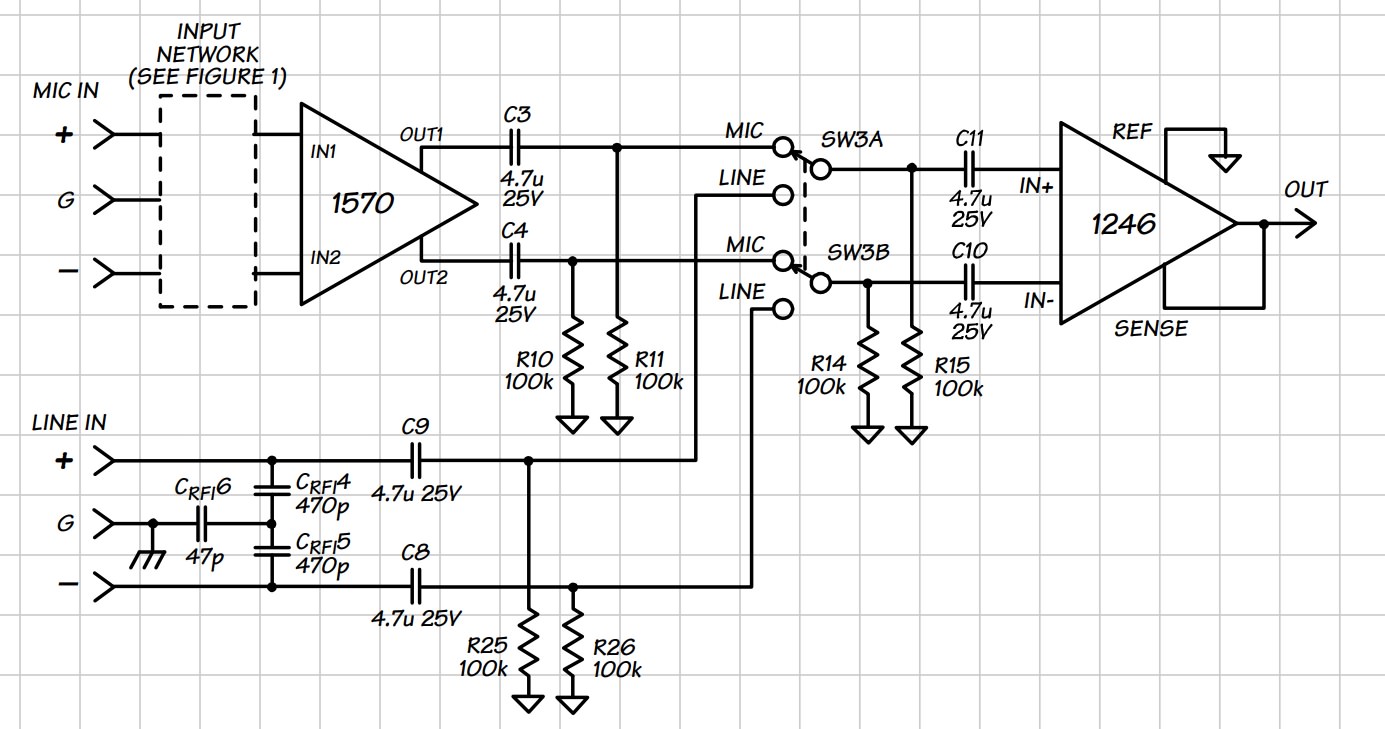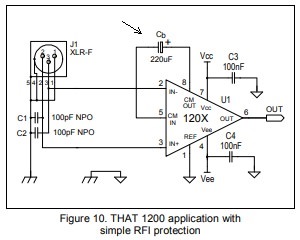What a mess, my apologies in advance because this gets confusing.
OK from my copy of IEEE s-100 there are almost a page of "balanced" things,,, so here are a few.
#1 balanced circuit (signal transmission): This simply means a circuit with two electrically similar branches of equal amplitude but opposite polarity wrt a common reference, usually ground.
#2 balanced line (2 conductor waveguide): two transmission lines operating with equal but opposite signals wrt ground.
#3 balanced termination: ( 2 circuit) same impedance to ground in both.
#4 balanced 3 wire system. A 3 wire system where no current flows in the wire connected to supply neutral.
#5 balanced voltages : Equal amplitude but opposite polarity wrt ground on 2 conductors of balanced line.
From another page of differential stuff
#1 differential signal: the instantaneous algebraic difference between two signals.
I have paraphrased the definitions and omitted many that did not seem to apply to audio interfaces.
The numerous outputs and input topologies that we use do not fit neatly into categories.
I am perhaps too close to this since I focus on the pros and cons of the different design decisions, and I am frugal so do not embrace transformers for passing low level audio with good performance (I have used many transformers in installed sound products for background music).
So in my judgement everything is differential, and there are a few different flavors of "balanced" that have costs and benefits.
Balanced impedance terminations provide benefit when exposed to common mode external noise sources, facilitating equal pick up for complete cancellation.
Balanced signal: Effectively 2 active signal stems with equal amplitude but opposite polarity. The most obvious benefits touted on spec sheets is 6dB more signal output from conventional IC voltage limits (that looks good to customers). There are also lesser benefits from the symmetrical signals.
Now the messy part, there are a number of different ways to make balanced signals, some that are more tolerant of mis-wired interfaces (like one hot leg shorted to common). I am not man enough to try to name them all.
I will argue that there is not one single definition for balanced but several.
When I say balanced I generally mean balanced impedance. When I say active balanced (output) I generally refer to balanced signal output with load compensation. When I use active symmetrical dual outputs I without load sensing I call them differential outputs, but that is not technically correct so I need to stop doing that. By definition they are balanced too, just more subject to customer misuse.
JR




